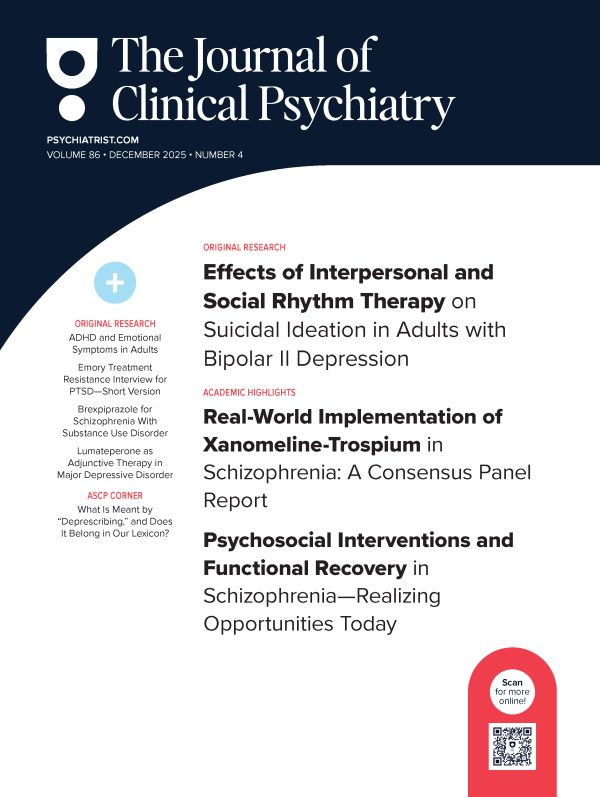Objective: We investigated the association between lithium level in tap water and mental health problems, including depressive symptoms, anxiety, and aggressive and suicidal behaviors, in a general population of adolescents using a large individual-level dataset.
Methods: A school-based, cross-sectional survey was conducted in Kochi Prefecture in Japan between 2008 and 2009. Students in 24 public junior high schools were asked to anonymously complete a self-report questionnaire. The main outcome measures were mental health problems, including those on the 12-item General Health Questionnaire, interpersonal violence, bullying, destructive behavior, self-harm, and suicidal ideation. Samples were collected from sources that supplied drinking water to schools, and lithium levels were measured using atomic absorption spectrophotometry. The associations of lithium levels with mental health problems were examined using a generalized linear mixed model with schools as the fixed effect. Potential confounding factors were also added into the model.
Results: A total of 3,040 students among 3,311 students responded to the self-report questionnaire (response rate, 91.8%). The mean lithium concentration in tap water was 0.48 μg/L (SD = 0.52; range, 0.01 to 2.10; skewness = 2.01; kurtosis = 4.04), and it was relatively low compared with previous studies. In multivariable regression analysis, lithium level in tap water had an inverse association with depressive symptoms (P = .02) and interpersonal violence (P = .02) but not with suicidal behaviors (suicidal ideation, P = .82; self-harm, P = .46).
Conclusions: Lithium level in tap water was inversely associated with depressive symptoms and interpersonal violence among a general population of adolescents and may have antidepressive and antiaggressive effects.
Members Only Content
This full article is available exclusively to Professional tier members. Subscribe now to unlock the HTML version and gain unlimited access to our entire library plus all PDFs. If you’re already a subscriber, please log in below to continue reading.
Please sign in or purchase this PDF for $40.00.
Already a member? Login





